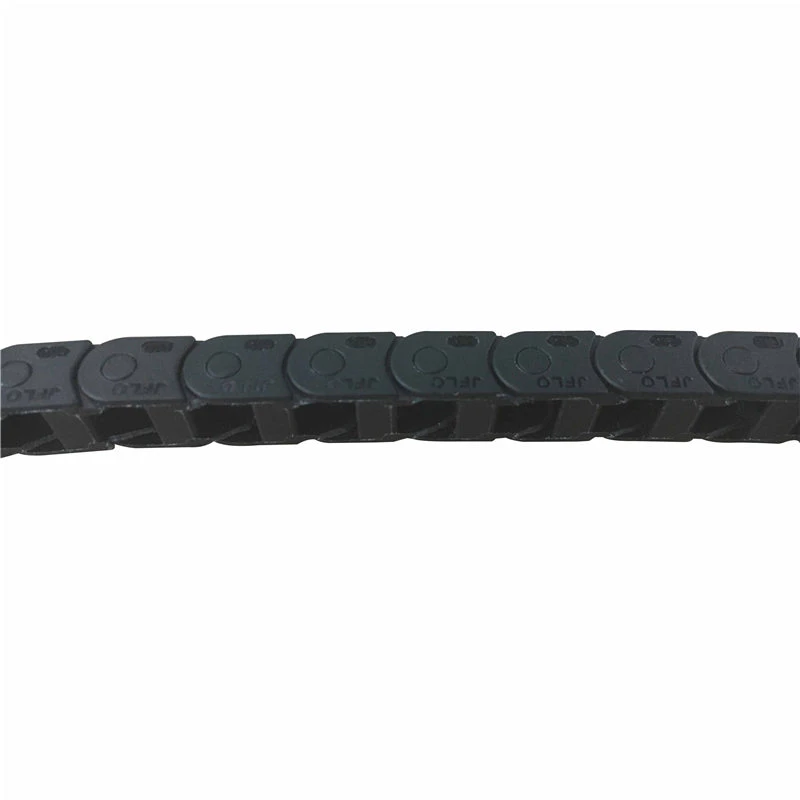synchronous belt wheel
Understanding Synchronous Belt Wheels A Key Component in Modern Machinery
Synchronous belt wheels, also known as timing pulleys, are critical components in a variety of machinery and automotive applications. These wheels are designed to work in conjunction with synchronous belts to transmit power between rotating shafts while maintaining precise timing. As technology advances, the significance of these components in engineering and manufacturing continues to grow. This article explores the fundamentals of synchronous belt wheels, their applications, and the benefits they offer in various industrial settings.
What are Synchronous Belt Wheels?
Synchronous belt wheels are circular devices equipped with teeth that mesh with corresponding teeth on a synchronous belt. Unlike traditional V-belts, which rely on friction for power transmission, synchronous belts and wheels provide a positive engagement, ensuring that the belt does not slip under load. This is achieved through the precise fit of the teeth, which allows for accurate synchronization between shafts. The design of the wheels can vary in size and tooth configuration, accommodating different belt sizes and applications.
How Do Synchronous Belt Wheels Work?
The operation of synchronous belt wheels is straightforward yet sophisticated. When the driving wheel is rotated, its teeth engage with the teeth of the synchronous belt. As the belt moves, it transfers the rotational motion to the driven wheel. The teeth on both components align perfectly, allowing for synchronized motion and reduced wear. This system minimizes backlash and ensures that the timing of operations remains consistent, which is particularly important in applications where timing is critical.
Applications of Synchronous Belt Wheels
Synchronous belt wheels are found in a wide range of applications across various industries
. Here are some notable examples1. Automotive Engineering In automotive systems, synchronous belts are commonly used in timing mechanisms to synchronize the rotation of the camshaft and crankshaft. This ensures that the engine’s valves open and close at the appropriate times, enhancing performance and efficiency.
2. Industrial Machinery Many industrial machines utilize synchronous belts and wheels for power transmission. They are often found in conveyor systems, robotic arms, and CNC machines, where precise timing and reliable power transfer are essential for optimal operation.
synchronous belt wheel

3. Consumer Electronics Synchronous belt wheels also find use in various consumer electronics, such as printers and tape recorders. In these devices, they help to maintain precise timing, ensuring that components operate smoothly and efficiently.
4. Bicycle Drives Recently, synchronous belts have gained popularity in bicycle drive systems, providing a noiseless and low-maintenance alternative to traditional chain systems. The belt’s design allows for a smoother ride with less wear over time.
Advantages of Using Synchronous Belt Wheels
1. Precision and Reliability One of the primary advantages of synchronous belt wheels is their ability to maintain precise timing. This is crucial in applications where synchronization is vital, such as in engine timing systems or conveyor belts in manufacturing.
2. Reduced Maintenance Unlike traditional belts, synchronous belts and wheels require less maintenance since they do not slip or stretch as much over time. This leads to longer operational life and reduced downtime for repairs.
3. Efficiency With minimal friction and no slippage, synchronous belt systems are able to transfer power more efficiently than V-belt systems. This efficiency translates to lower operating costs and improved performance.
4. Versatility Synchronous belt wheels come in a variety of sizes and configurations, making them suitable for a wide array of applications. Their versatility allows engineers to design custom systems tailored to specific operational needs.
Conclusion
Synchronous belt wheels are a vital part of modern machinery and play a significant role in enhancing the efficiency and reliability of power transmission systems. Their precision engineering, combined with the advantages they offer, makes them indispensable in various applications from automotive engineering to industrial machinery and consumer electronics. As technology evolves, the design and application of synchronous belt systems are likely to continue advancing, further solidifying their place as a fundamental component in the advancement of engineering and manufacturing processes. Understanding their operation, benefits, and diverse applications can greatly enhance one's appreciation of this essential mechanical technology.








